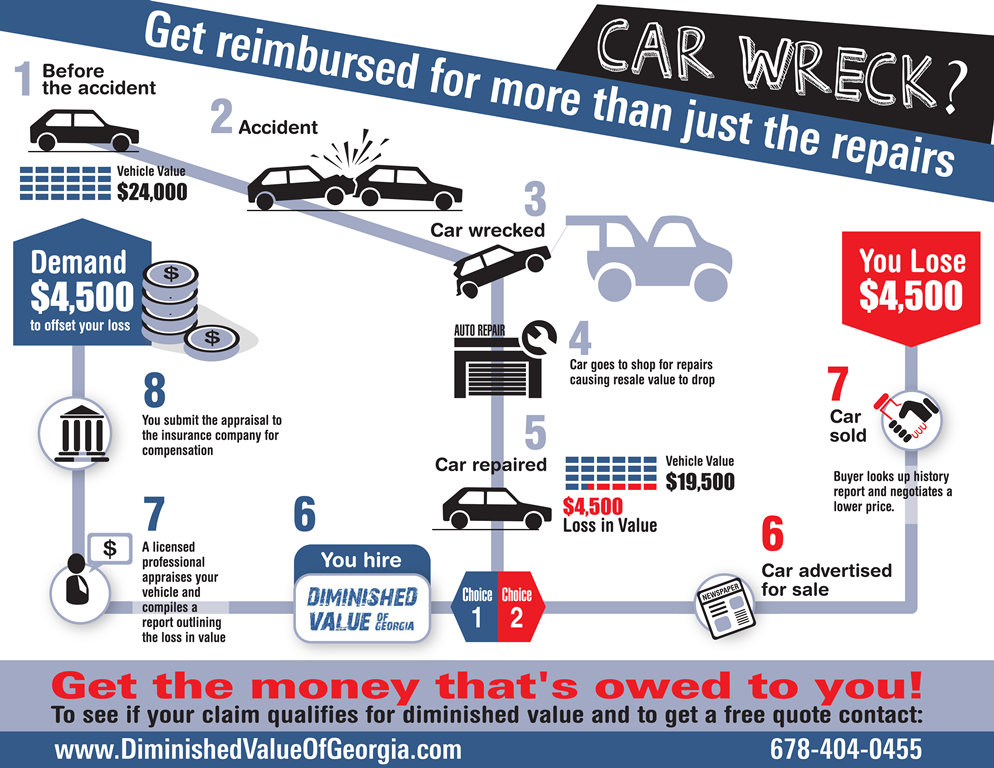Comprehending The Definition Behind Your Automobile'S Warning Lighting: A Comprehensive Look
Comprehending The Definition Behind Your Automobile'S Warning Lighting: A Comprehensive Look
Blog Article
Article Author-Samuelsen Shepherd
When you lag the wheel, those radiant warning lights on your control panel can be a bit complicated. Do you understand what they're trying to inform you about your car's health and wellness? Comprehending the significance of these lights is crucial for your security and the longevity of your vehicle. So, the following time among those lights appears, would not you intend to decode its message precisely and take the essential steps to resolve it?
Common Warning Lights and Interpretations
Identify common caution lights in your vehicle and comprehend their significances to ensure safe driving.
One of the most common warning lights consist of the check engine light, which indicates problems with the engine or discharges system. If this light begins, it's essential to have your car examined quickly.
The oil stress advising light suggests low oil pressure, calling for immediate attention to prevent engine damage.
A flashing battery light might recommend a malfunctioning billing system, potentially leaving you stranded if not resolved.
The tire stress monitoring system (TPMS) light alerts you to low tire pressure, affecting vehicle stability and gas effectiveness. Overlooking ceramic coating tesla can cause risky driving problems.
The ABS light indicates an issue with the anti-lock braking system, endangering your capacity to stop rapidly in emergency situations.
Lastly, the coolant temperature alerting light warns of engine getting too hot, which can result in extreme damage if not settled swiftly.
Recognizing these typical caution lights will help you attend to problems quickly and keep secure driving conditions.
Value of Prompt Interest
Comprehending the typical warning lights in your car is only the initial step; the significance of quickly attending to these warnings can not be stressed sufficient to ensure your safety on the road.
When a caution light illuminates on your control panel, it's your cars and truck's means of connecting a potential concern that requires attention. Overlooking these cautions can lead to much more extreme troubles later on, compromising your security and possibly costing you a lot more in repairs.
Motivate attention to alerting lights can prevent failures and accidents. For example, a blinking check engine light can suggest a misfire that, if left ignored, could cause damage to the catalytic converter. Addressing this immediately can save you from a pricey repair work.
In a similar way, a brake system advising light might indicate low brake liquid or worn brake pads, essential components for your security when driving.
Do It Yourself Troubleshooting Tips
If you observe a caution light on your control panel, there are a couple of DIY troubleshooting pointers you can try before seeking specialist assistance.
The primary step is to consult your auto's guidebook to recognize what the certain caution light suggests. In some cases the issue can be as simple as a loose gas cap causing the check engine light. Tightening the gas cap might fix the problem.
An additional common concern is a low battery, which can cause various advising lights. Examining the battery connections for corrosion and guaranteeing they're safe may take care of the problem.
If a warning light lingers, you can try resetting it by disconnecting the cars and truck's battery for a couple of mins and after that reconnecting it. In mobile car grooming auckland , examining your lorry's liquid levels, such as oil, coolant, and brake fluid, can help troubleshoot alerting lights related to these systems.
Final thought
To conclude, comprehending your auto's caution lights is necessary for maintaining your automobile running efficiently and safely. By promptly resolving these informs and recognizing what they imply, you can avoid costly repair services and potential break downs.
Bear in mind to consult your cars and truck's manual for particular information on each cautioning light and take action accordingly to make sure a hassle-free driving experience.
Keep informed, stay safe when traveling!
